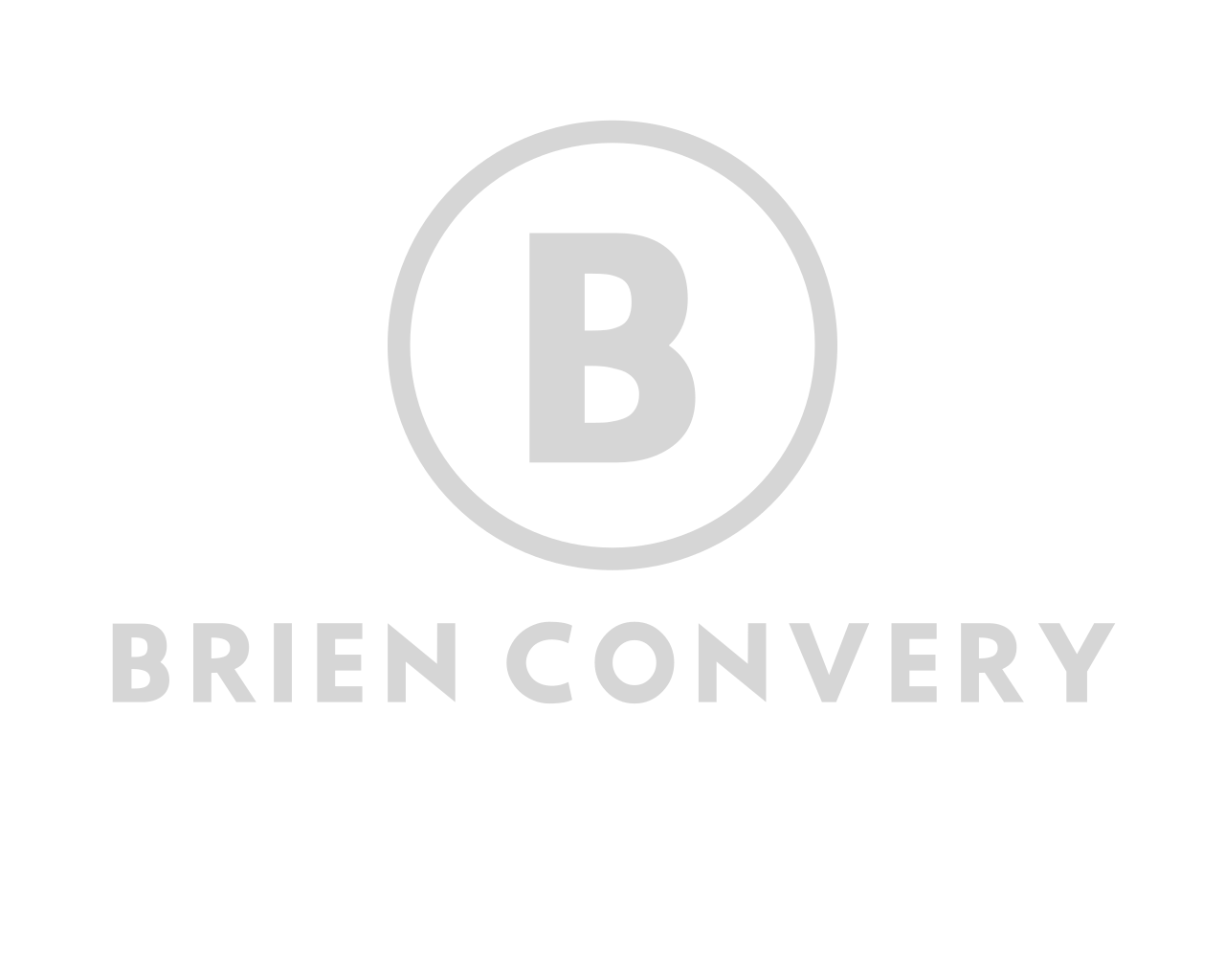Hiring Someone with a DisAbility.
📌 With October, National Disability Employment Awareness Month (#NDEAM), coming to a close, I want to debunk some of the myths that are about hiring someone with a disAbility to create more inclusive and diverse workplaces.
Here are some common misconceptions:
🦾 Myth: People with disabilities are not qualified for the job.
🌟 Reality: People with disabilities possess a wide range of skills, qualifications, and experience, just like anyone else. They can excel in various roles when provided with appropriate accommodations.
💰 Myth: Hiring people with disabilities is expensive.
🌟 Reality: Many accommodations are low-cost or even free. Moreover, studies have shown that hiring people with disabilities can result in increased productivity, lower turnover rates, and improved morale, which can offset any initial costs.
👥 Myth: People with disabilities need constant supervision or assistance.
🌟 Reality: Most people with disabilities are independent and capable of performing their jobs without constant supervision. They may only require reasonable accommodations, such as accessible workspaces or assistive technologies.
📈 Myth: Hiring people with disabilities will lead to lower productivity.
🌟 Reality: There is no evidence to support this claim. In fact, diverse teams often bring different perspectives and problem-solving skills, which can enhance creativity and productivity.
🔍 Myth: It's difficult to find qualified candidates with disabilities.
🌟 Reality: Many qualified candidates with disabilities are actively seeking employment. Numerous organizations and resources, like vocational rehabilitation agencies, can help connect employers with potential candidates.
🤒 Myth: People with disabilities will take more sick leave.
🌟 Reality: Disabled individuals, like anyone else, may occasionally need sick leave, but there is no evidence to suggest they take more than their non-disabled colleagues.
🤝 Myth: People with disabilities are not as committed or dependable.
🌟 Reality: People with disabilities are just as committed and dependable as anyone else. Their commitment and work ethic depend on individual characteristics, not their disability.
👁️ Myth: All disabilities are visible.
🌟 Reality: Many disabilities are not visible. It's important to consider both visible and invisible disabilities and to engage in open communication with employees about their needs.
It's crucial to challenge these myths and stereotypes to create more inclusive and equitable workplaces, where all employees are given equal opportunities to thrive and contribute to their full potential. 🌍🤝
#diversitystartswithinclusion
#ndeam2023
Image by: Crayola.com

